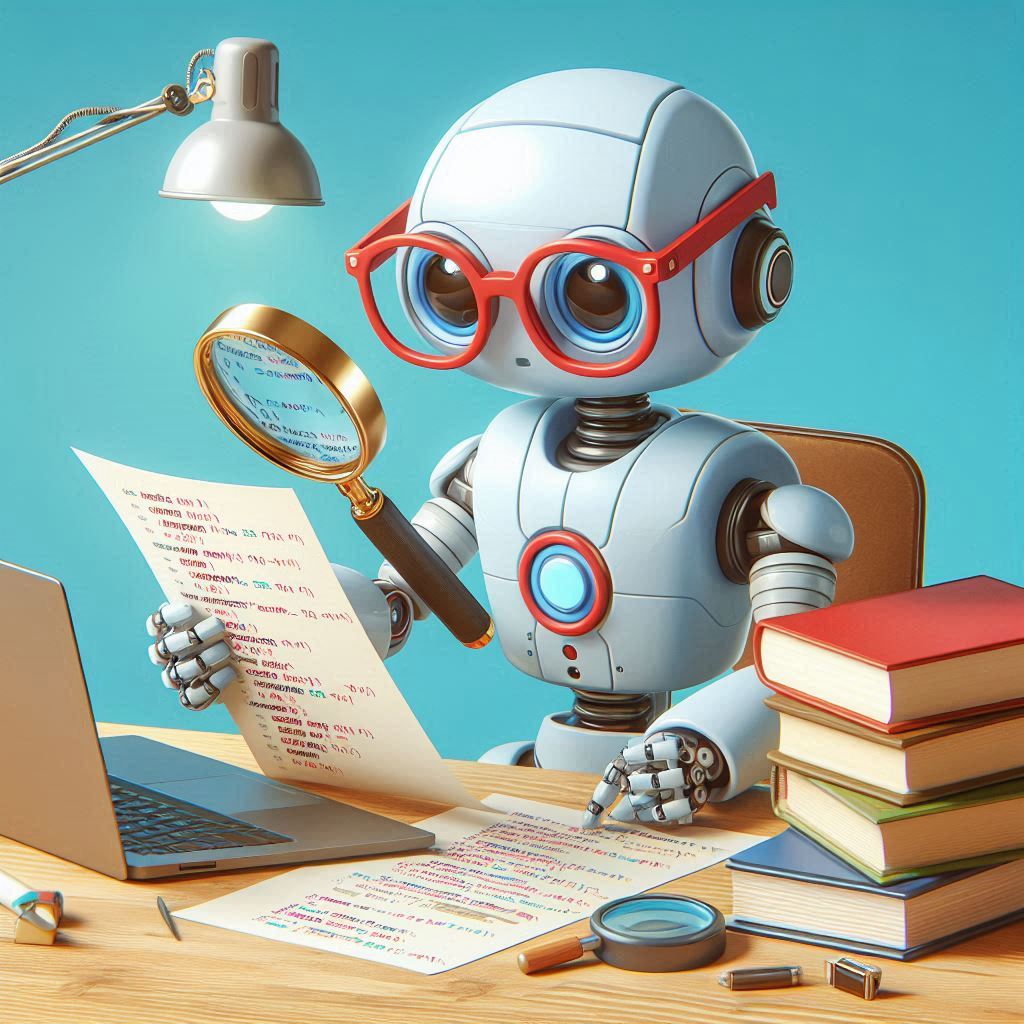Introduction
In the age of globalization, communication across languages has become a fundamental necessity. Translation technology, often referred to as “prekladača” in Slovak, plays a crucial role in bridging linguistic gaps, enabling seamless interactions across diverse cultures. This article explores the evolution, significance, and future of translation technology, focusing on how “prekladača” has transformed the way we communicate.
The Origins of Translation Technology
The concept of translating one language to another is ancient, dating back to when scribes translated texts from one language to another in ancient civilizations. However, the advent of modern translation technology began in the mid-20th century with the development of machine translation (MT). The first significant milestone was the Georgetown-IBM experiment in 1954, which demonstrated the feasibility of using computers to translate sentences from Russian to English.
Evolution and Advancements
- Rule-Based Systems (RBS): Early translation systems were based on linguistic rules and dictionaries. These rule-based systems relied heavily on human linguists to define grammatical and syntactical rules for each language pair. While they laid the groundwork for automated translation, they were limited by their rigidity and the extensive manual effort required.
- Statistical Machine Translation (SMT): The next major advancement came with Statistical Machine Translation in the 1990s. SMT utilized vast amounts of bilingual text data to statistically model the probability of word and phrase translations. This method significantly improved translation quality by leveraging the power of big data, though it still struggled with nuances and idiomatic expressions.
- Neural Machine Translation (NMT): The most recent breakthrough in translation technology is Neural Machine Translation. Introduced in the mid-2010s, NMT employs deep learning techniques to model entire sentences as sequences of numbers. This allows for more natural and fluent translations by capturing context and meaning more effectively. Google’s NMT system, launched in 2016, marked a significant leap in translation quality, making translations more accurate and human-like.
The Impact of “Prekladača”
The impact of advanced translation technology, or “prekladača,” on society is profound:
- Global Communication: Translation technology has made it possible for individuals and businesses to communicate effortlessly across language barriers. Whether it’s through real-time chat translations, multilingual customer support, or international business negotiations, “prekladača” enables smoother and more efficient communication.
- Education and Accessibility: Educational resources and scientific research are now more accessible to non-native speakers. Students can access textbooks, research papers, and online courses in their native languages, broadening their learning opportunities. Additionally, translation technology helps bridge the accessibility gap for people with disabilities, such as hearing or visual impairments, by providing translated subtitles and text-to-speech functionalities.
- Cultural Exchange: By facilitating the exchange of cultural content, including literature, films, and music, “prekladača” fosters greater understanding and appreciation among different cultures. This cultural exchange promotes global harmony and broadens perspectives.
- Travel and Tourism: For travelers, translation technology is a game-changer. From translating menus and signs to conversing with locals, “prekladača” enhances the travel experience, making it more enjoyable and less intimidating for tourists in foreign countries.
Future Prospects
The future of “prekladača” holds exciting possibilities. As artificial intelligence continues to advance, we can expect even more accurate and nuanced translations. Here are some potential developments:
- Contextual Understanding: Future translation systems will likely possess a deeper understanding of context, including cultural nuances and idiomatic expressions, leading to even more accurate translations.
- Voice and Augmented Reality Integration: Voice-activated translators and augmented reality (AR) applications will become more prevalent, allowing users to translate spoken language and visual text seamlessly in real-time.
- Personalization: Translation technology will become more personalized, learning users’ preferences and adapting translations to match their style and tone. This will be particularly beneficial for professional applications such as legal and medical translations, where accuracy and consistency are paramount.
- Universal Translators: The dream of a universal translator, akin to the “Babel fish” in science fiction, is becoming more of a reality. Future devices may provide instant, flawless translation across multiple languages, making communication truly borderless.
Conclusion
“Prekladača” has revolutionized the way we communicate, breaking down language barriers and fostering global connectivity. From its humble beginnings in rule-based systems to the sophisticated neural networks of today, translation technology has made remarkable strides. As we look to the future, the potential for even more advanced and integrated translation solutions promises to further enhance our ability to connect and understand one another, making the world a more connected and inclusive place.
